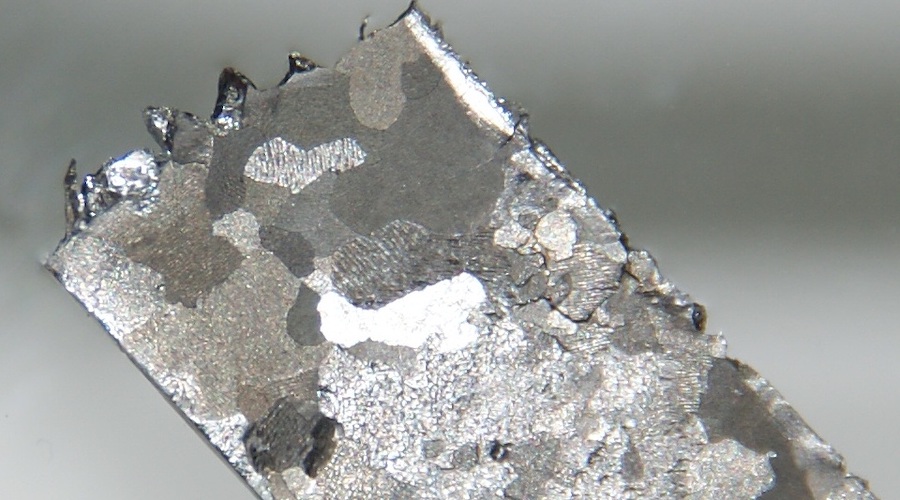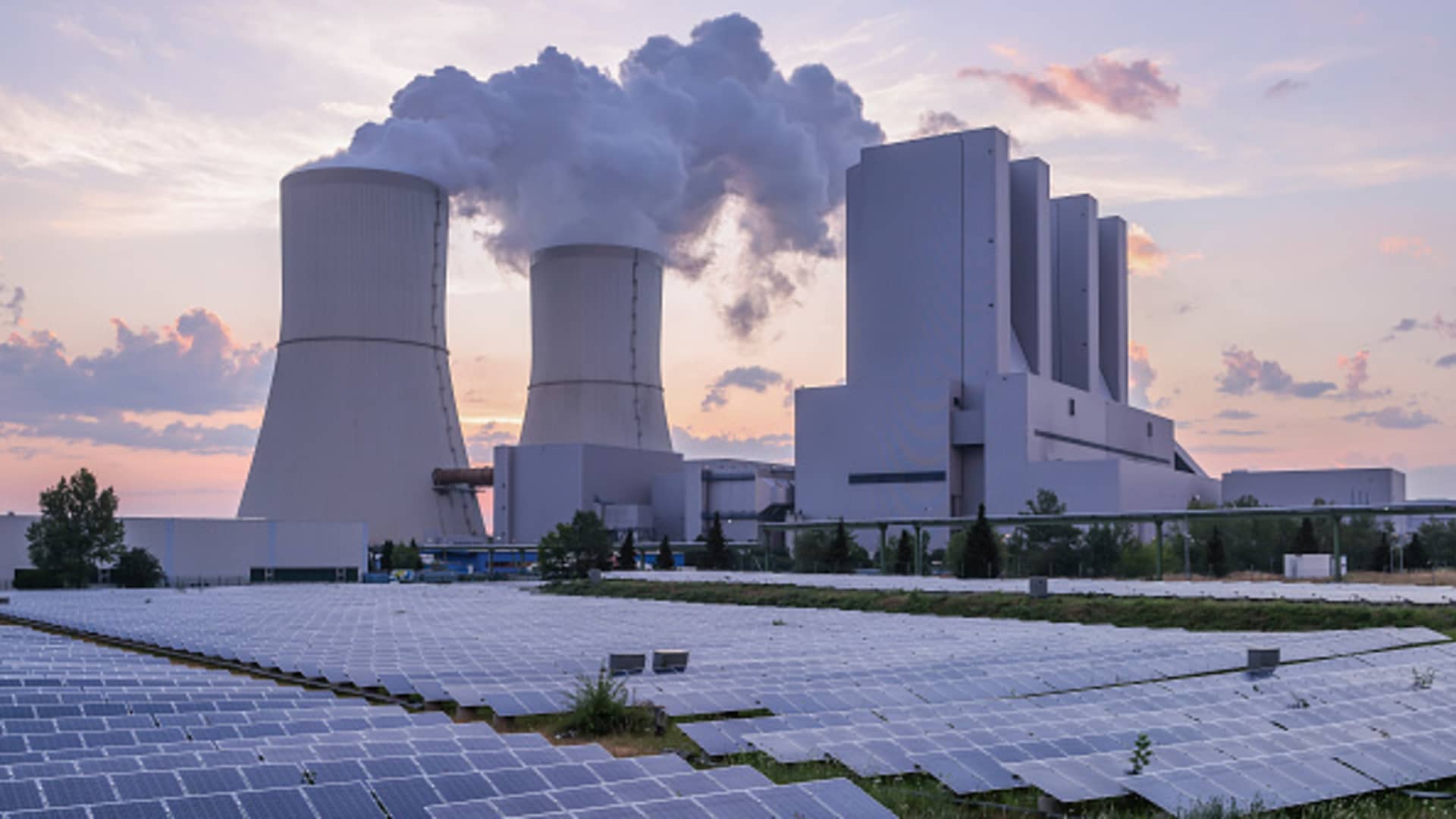

More with less
Examining the process at the molecular level, the researchers saw a change in the catalyst’s structure from orderly three-dimensional particles to particles that were less organized. And with that disorder, the catalyst becomes better at facilitating the desired reaction.
These observations helped the team understand the potential for designing and developing more effective catalysts that allow them to do more with less.
More specifically, their results show that by lowering the amount of ruthenium, it is possible to enable chemical conversions of a specific type of plastic called polypropylene that were seven times more efficient than what was previously reported in the scientific literature.
According to the group, polypropylene and another type of plastic, polyethylene, make up more than 50% of plastics produced—and this approach could work for up-cycling of both.
They noted that the reaction that occurs when hydrogen is added to plastics often generates large amounts of methane, a greenhouse gas. But by designing catalysts that break chemical bonds at certain positions, the scientists could change the reaction enough to significantly reduce the methane produced as a byproduct of up-cycling plastics.
Looking ahead, the researchers seek to advance industrial up-cycling by learning more about how their system would be impacted by real-world conditions, including the different chemical compositions of materials found in mixed plastic recycling streams.
This post has been syndicated from a third-party source. View the original article here.




